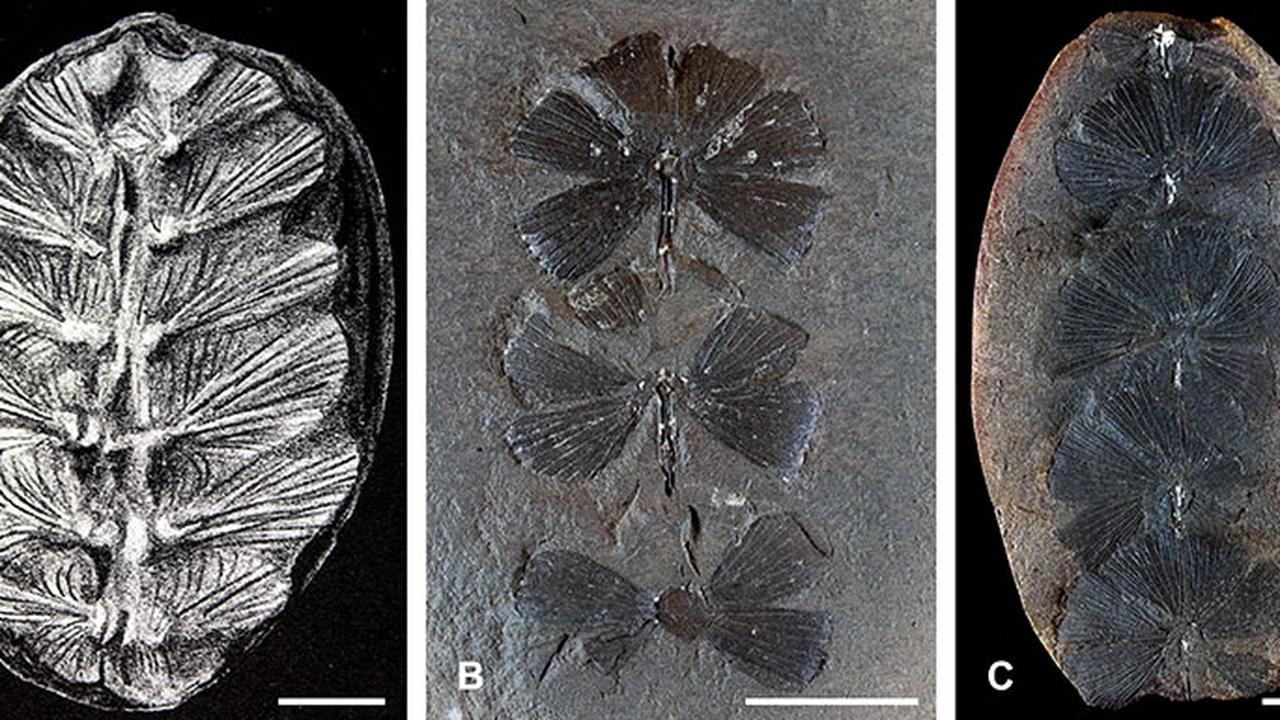
This article was last updated on December 8, 2023
Canada: ![]() Oye! Times readers Get FREE $30 to spend on Amazon, Walmart…
Oye! Times readers Get FREE $30 to spend on Amazon, Walmart…
USA: ![]() Oye! Times readers Get FREE $30 to spend on Amazon, Walmart…Published on September 15, 2022
Oye! Times readers Get FREE $30 to spend on Amazon, Walmart…Published on September 15, 2022
New research reveals the true identity of prehistoric fossils
Recent findings have upended long-held beliefs about two small prehistoric fossils that were originally perceived as plant remnants. It was widely assumed that these fossils, found in Colombia during the mid-twentieth century and measuring 5 and 6 centimeters, belonged to the sphenophyllales, an extinct fern-like plant species.
However, in a surprising turn of events, researchers from Del Rosario University in Bogota have shed new light on the true nature of these fossils. Upon closer examination, a fine layer of spongy bone tissue was discovered, dispelling the notion that these were plant fossils.
Determined to unravel the mystery, the researchers delved further by comparing the fossils with vertebrate remains, leading to an astonishing revelation. It was conclusively established that the fossils were in fact the shells of baby turtles. What was initially interpreted as the intricate veins of leaves turned out to be patterns of bone growth, compellingly affirming their true origin.
Insights into the baby turtles’ past
Evidence suggests that these tiny turtles were likely less than a year old, offering a glimpse into their early stages of life. Intriguingly, it is speculated that they may have belonged to an extinct species of turtle capable of attaining enormous sizes, adding a new dimension to our understanding of prehistoric biodiversity.
These significant findings have not only challenged conventional wisdom but have also sparked a wave of curiosity and fascination among scientists and enthusiasts alike. The fossils have been affectionately dubbed ‘Turtwig’, drawing parallels to a popular Pokémon character known for its blend of plant and turtle characteristics. The remarkable study has been documented in the esteemed journal Palaeontologia Electronica.

Be the first to comment